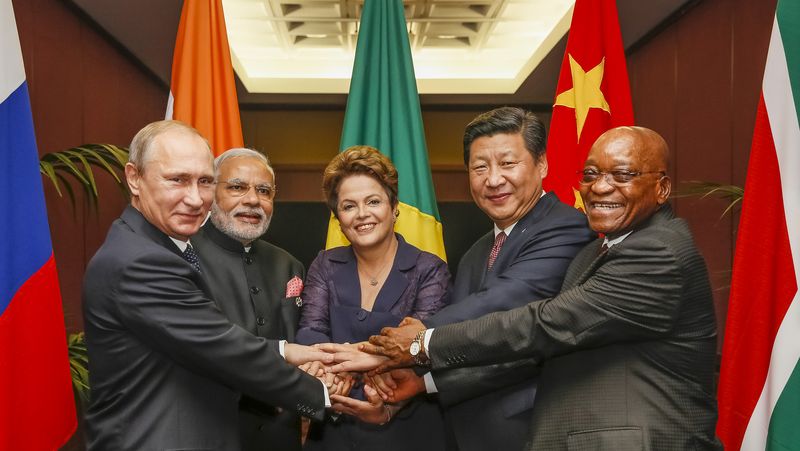The West’s price cap on Russian oil exports is NOT WORKING
11/08/2023 / By Arsenio Toledo

The price cap on Russian oil exports introduced by the United States-led Group of Seven organization and the European Union late last year has not produced its desired effect.
This is according to multiple reports released by journalists from mainstream media outlets, including Politico and the Wall Street Journal. (Related: HYPOCRISY: U.S. to INCREASE IMPORTS from Russia amid economic sanctions on Moscow.)
The price caps were introduced late last year to achieve two goals: ensure that any Russian crude oil that enters the global market lowers gasoline prices and curtail the revenue Moscow receives for each barrel it sells.
The price caps were introduced late last year as a means to curtail the revenue Moscow receives from its energy exports in retribution for Russia’s special military operation in Ukraine. By this time, the Western world had hoped that Moscow would run out of revenue for weapons and the salaries of its soldiers. This is not the case.
Russia easily circumventing Western sanctions on oil exports
The latest evidence proving Russia’s resilience comes from data recently released showing oil and gas tax revenues in the Russian budget.
After the price cap initially forced buyers of Russian oil to offer a price of no higher than $60 per barrel of crude oil, Moscow’s revenues from oil and gas sales dropped by 46 percent year-on-year in January to around 426 billion rubles ($4.6 billion). Moscow has since reversed course on this decline.
According to the latest data from the Ministry of Finance of the Russian Federation, oil and gas revenues in October stood at around 1.635 trillion rubles ($17.6 billion), more than double the revenues the state earned in September and up by more than a quarter from October 2022.
The sanctions against Russia initially worked largely as expected. But Moscow has worked since to circumvent these sanctions, including moving oil on a fleet of aging tankers on which the restrictions had limited traction.
Russian forced discounts on crude oil sales have shrunk and now Russian oil sales are contributing massively to the Russian budget. A barrel is currently trading at around $75 a barrel, and at one point in September Russia was even able to sell crude oil at above $80 per barrel.
Worse yet for the West is that much of the Russian oil trade is now happening outside its jurisdiction. Current efforts by U.S. officials to levy penalties against individual tankers who violate sanctions’ rules.
But these penalties on individual tankers will have very little effect. A recent report by the Kyiv School of Economics notes that Russia has a “shadow fleet” of at least 180 tankers that transport oil and gas exports all over the world. The sheer size of this fleet ensures that most Russian exports will not be subject to any price cap.
Furthermore, Russia’s largest oil buyers – China, India and Turkey – have not joined the Western price cap. As a result, Moscow has redirected more of its oil exports previously destined for Western nations to these countries.
Learn more about Russia’s energy situation at NewEnergyReport.com.
Watch this clip from Fox News discussing how Russian oil production has increased back up to pre-conflict levels, thanks to its robust oil trade with China and India.
This video is from the News Clips channel on Brighteon.com.
More related stories:
Russia has almost fully bypassed Western sanctions on oil exports.
END of DOLLAR’S HEGEMONY: Russian oil giant now using yuan and rubles for export settlements.
Sources include:
Submit a correction >>
Tagged Under:
big government, Bubble, conspiracy, economic riot, economy, energy exports, energy supply, finance, finance riot, fuel supply, money supply, oil exports, oil trade, power, price cap, risk, Russia, sanctions, supply chain, Tyranny, west, World War III
This article may contain statements that reflect the opinion of the author
RECENT NEWS & ARTICLES
COPYRIGHT © 2017 RISK NEWS





















